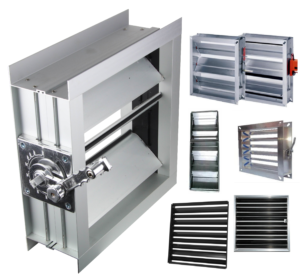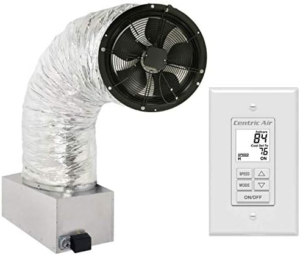A volume control damper, sometimes referred to as a VCD, is a crucial component within an HVAC system. It acts like a valve for airflow, regulating the amount of air traveling through a specific duct section.
What is the application of volume control damper?
Balancing Airflow for Optimal Comfort:
Challenge: In a large building with numerous rooms, achieving consistent temperatures across all spaces can be tricky. Some areas might naturally generate more heat (kitchens) or require cooler temperatures (bedrooms).
Solution: Volume control dampers come to the rescue! By strategically adjusting the dampers in specific duct branches, you can fine-tune the airflow. For instance, increasing airflow to bedrooms ensures proper cooling, while slightly restricting it in the kitchen maintains a comfortable temperature.
Maintaining Consistent Temperatures:
Problem: Uneven airflow distribution can lead to discomfort. Rooms farther away from the air handler might receive less conditioned air, resulting in hot or cold pockets.
The Fix: Volume control dampers empower you to create a more balanced airflow distribution. By adjusting the dampers in specific duct sections, you can ensure each zone receives the desired amount of conditioned air, leading to consistent and comfortable temperatures throughout the building.
Boosting Energy Efficiency:
Concern: Wasting energy on heating or cooling unnecessary spaces can significantly impact your utility bills.
The Answer: Volume control dampers help optimize energy consumption. By restricting airflow to unused spaces like storage closets or hallways, you prevent conditioned air from being wasted. This translates to lower energy costs and a more environmentally friendly HVAC operation.


